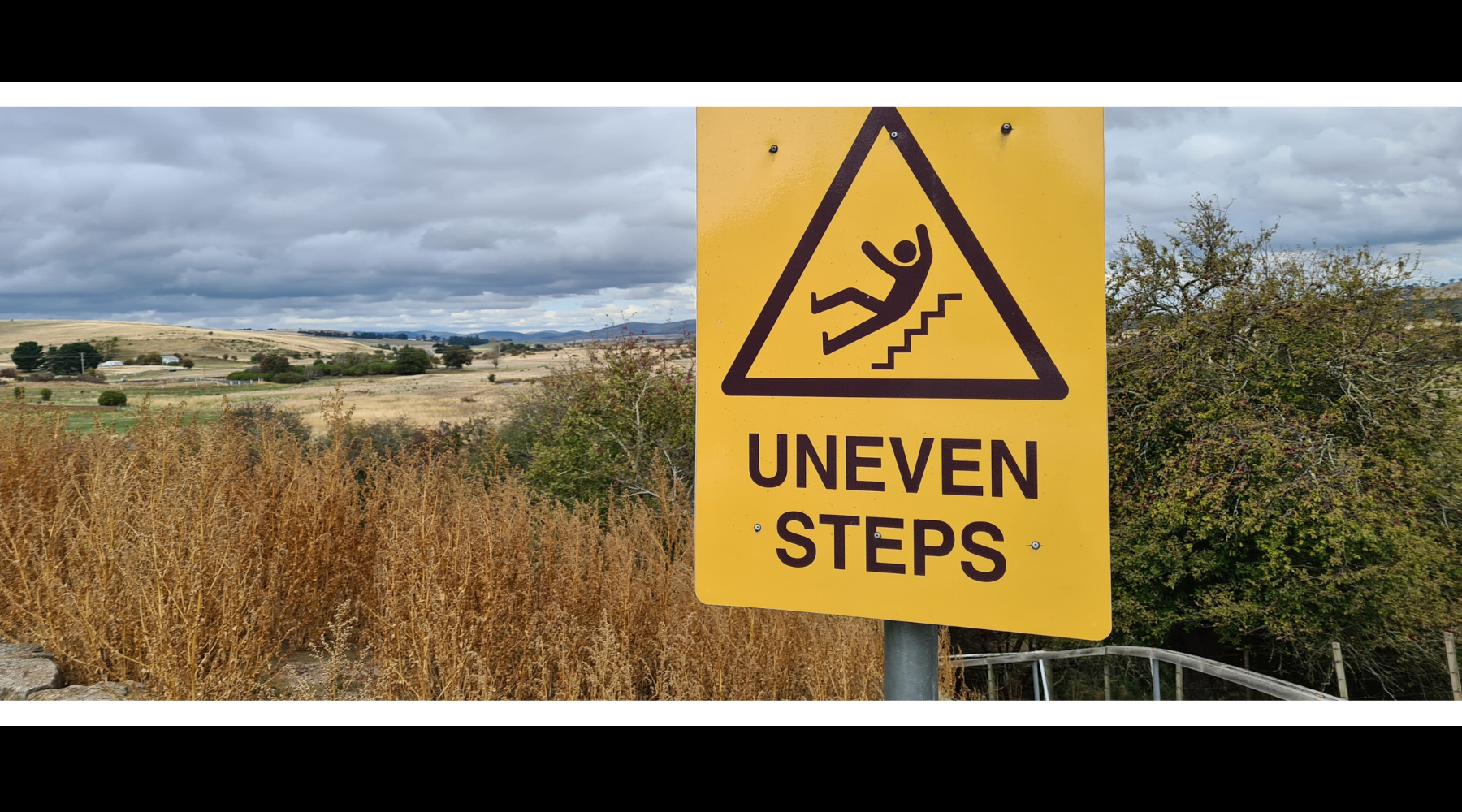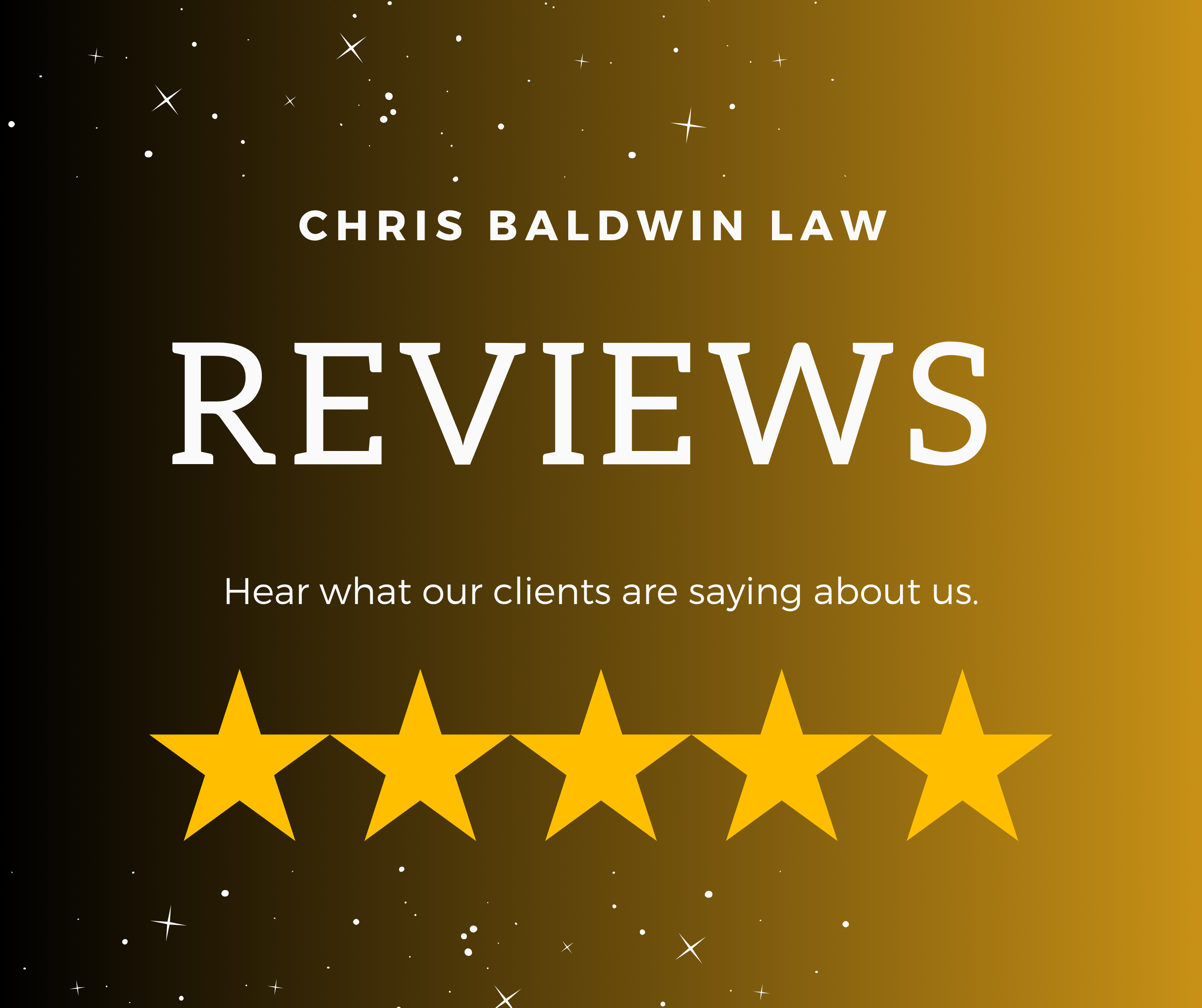Slip and fall cases are exactly how they sound, it’s where a person slipped and fell. If you’ve fallen before, you likely know the shock and pain that follows. After receiving medical attention, you likely, then, asked yourself, “Who was at fault here?”
If that’s your question, then keep reading. In this article I address who is liable for a slip and fall. The answer may surprise you. Even if you think the fall was your fault, you still might have a viable personal injury claim.
Types of Slip and Falls
Slip and fall hazards vary with the seasons and circumstances.
- Outside, ice and snow left to accumulate on walkways, parking lots, stairways, and sidewalks in the winter months can have serious consequences.
- Inadequate lighting in parking lots and walkways can lead to tripping accidents over uneven surfaces, potholes, and cracks.
- Inside or outside, poorly illuminated stairways and steps can also lead to slip and fall problems resulting in serious injuries.
- Inside, slippery floors, loose or broken flooring or steps, waxed stairs, missing handrails, carpets with curled edges, or carpets that are torn, worn, or bulging can also cause a fall; electrical cords or wiring haphazardly construed and left out can trip up a passerby; debris and clutter left in pedestrian walkways can also cause someone to fall.
All of these conditions may cause a slip and fall accident that can lead to a personal injury claim.
Negligence
The law sets standards of care that every person must follow. A negligent person fails to follow those standards. To better explain negligence, let’s look at an automobile accident where a woman named Sally was texting and driving. The law requires drivers to obey all traffic laws. One of those laws forbids texting while driving. Sally’s failure to obey that law shows that she ignored the required standard of care. The law would say that she was negligent.
Comparative Negligence
Sometimes, more than one person can be the cause of an injury.
For example, let’s assume that Sally – who was texting while driving – hit another driver, Dave.
However, Dave might have avoided the accident if he weren’t also texting. In this case, both Sally and Dave failed to follow the legal standard of care. So, they were both negligent.
States handle cases like this in one of two ways. Most states apply a concept called “comparative negligence.” In a comparative negligence state, a court or a jury will look at the accident and decide which of the two people was most at fault.
For example, if a jury found that the accident was 60 percent Sally’s fault and 40 percent Dave’s fault, in most states, Dave can recover damages while Sally cannot. However, Dave’s recovery might be reduced to reflect his part in causing his own injury.
Contributory Negligence
Comparative negligence is only one way that courts resolve these issues.
The other way is contributory negligence.
In a contributory negligence state, the plaintiff cannot have been negligent at all.
Let’s go back to Sally and Dave. In a contributory negligence state, if Dave was 60 percent responsible for the accident and Sally was 40 percent responsible, Dave cannot recover even a single dollar. In fact, even if Dave were just one percent at fault and Sally was 99 percent responsible for the accident, Dave will not recover a dime even if he suffered significant damages.
It is important that Alabamans understand these rules because Alabama is a contributory negligence state.
This means that in Alabama, if you are even one percent responsible for causing your injuries, you cannot recover. Even if you rack up thousands of dollars in medical bills, you cannot recover any money in a lawsuit if you are even slightly responsible for your injuries.
Determining Liability
Some of the factors in determining liability injuries sustained by falling on someone else’s property, one of the following must be true:
- The owner of the premises or an employee must have caused the spill, worn or torn spot, or other slippery or dangerous surface or item to be underfoot.
- The owner of the premises or an employee must have known of the dangerous surface but did nothing about it.
- The owner of the premises or an employee should have known of the dangerous surface because a “reasonable” person taking care of the property would have discovered and removed or repaired it.
The third situation is the most common but is also less clear-cut than the first two because of those pesky words “should have known.” Liability in these cases is often decided by common sense. Judges and juries determine whether the owner or occupier of property was careful by deciding if the steps the owner or occupier took to keep the property safe were reasonable.
Reasonable Care
To determine responsibility, the condition of the premises at the time of the accident will be thoroughly scrutinized.
You must be able to show that the property or business owner did not act accordingly, with reasonable care, to prevent injury to any invitees or customers from slipping and falling when entering the property.
In most instances, responsibility will be determined by proving that a dangerous condition on the property was present and foreseeable and that the defendant was aware that the condition could present an unanticipated risk to anyone who entered the property and, accordingly, did not act to correct or fix the condition.
Suppose a person is unaware of any dangerous conditions present on a property. In that case, they cannot be held responsible for injuries due to those hazardous conditions.
What is Reasonable?
Any negligence claim often hinges on whether the defendant acted reasonably. In determining a property owner’s “reasonableness,” the law concentrates on whether the owner makes regular and thorough efforts to keep the property safe and clean. Here are some initial questions you can ask to determine whether a property or business owner may be liable for your slip and fall injuries:
- If you tripped over a torn, broken, or bulging area of carpet, floor, or ground (or slipped on a wet or loose area) had the dangerous spot been there long enough that the owner should have known about it?
- Does the property owner have a regular procedure for examining and cleaning, and repairing the premises? If so, what proof does the owner have of this regular maintenance?
- If you tripped over an object someone had placed oncthe floor or ground, was there a legitimate reason for the object to be there?
- If there once had been a good reason for the object to be there but that reason no longer exists, could the object have been removed, covered, or otherwise made safe?
- Was there a safer place the object could have been located, or could it have been placed in a safer manner, without much greater inconvenience or expense to the property owner?
- Could a simple barrier have been created or a warning been given to prevent people from slipping or falling?
- Did poor or broken lighting contribute to the accident?
If the answers to one or more of these questions come out in your favor, you may have a good claim for compensation. However, you must still think about whether your own carelessness contributed in any significant way to your accident.
Your Own Carelessness
In almost every slip and fall case, you must decide whether your own carelessness contributed to the accident. The rules of “comparative negligence” help measure your own reasonableness in going where you did, in the way you did, just before the accident happened. Here are some questions you should ask yourself about your own conduct…an insurance adjuster will almost certainly ask them after you file your claim.
- Did you have a legitimate reason (a reason the owner should have anticipated) for being where the dangerous area was?
- Would a careful person have noticed the dangerous spot and avoided it, or walked carefully enough not to slip or fall?
- Were there any warnings that the spot might be dangerous?
- Were you doing anything that distracted you from paying attention to where you were going?
You don’t have to “prove” to an insurance adjuster that you were careful, but think about what you were doing and describe it clearly so an insurance adjuster will understand you were not careless.
Conclusion
In this article I addressed who is liable for a slip and fall. Even if you think the fall was your fault, you still might have a viable personal injury claim. There are other factors that determine liability as well, such as why were you on the property? However, those factors are beyond the scope of this article. The above is not legal advice. Should you need advice regarding a slip and fall, contact us at Chris Baldwin Law. We handle slip and fall cases and offer free consultations.
Schedule your free consultation today by clicking HERE or by calling (334) 863-4555.
No representation is made that the quality of legal services is greater than those performed by other attorneys.








